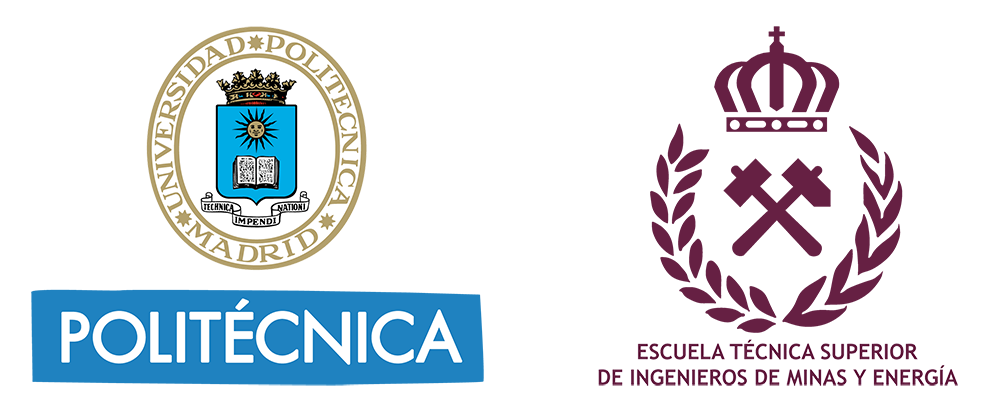VALUABLE SPECIMENS
Among the valuable specimens, whether for their rarity or antiquity, which make up this collection, there are a number worth highlighting. Firstly, in relation to Mining and Metallurgy, such as the copy of the Re-metallica Libri XII, by Agrícola, from 1561 and the work by Delius, Traité sur la science de l’exploitation des Mines..., from 1778. Secondly, works relating to the base sciences: Mathematics, Physics and Chemistry, amongst which stand out Les quinze livres d’éléments, by Euclides, translated from Latin in 1649, and the works of Newton Optices libri tres, from 1749 and Philosophiae naturalis principia matematica, from 1760. Then there are Works of Astronomy, such as Libros del saber de Astronomía by Rey D. Alfonso X de Castilla, compiled by Manuel Rico y Sinobas between 1863 and 1867, or an edition of the astronomer Galileo’s work, Opere, published between 1843 and 1856; and works of Medicine, of which the most valuable in our Library is Acerca de la materia medicinal, y de los venenos mortíferos, by Dioscórides, translated from Greek and edited in 1695; Natural History books, such as the first Spanish translation of the Historia Natural, by Plinio, from 1629, or some volumes of Histoire Naturelle générale et particulière, by Georges-Louis Leclerc, Conde de Buffon, edited in 1777; works of Geography and History, of which we can highlight Breve descripción del mundo y guía geográfica, by Fernández de Medrano, edited in 1688, or the Libro de las leyes, privilegios y provisiones reales by Honrado Consejo de la Mesta, from 1681; La Botánica by Linneo, eight volumes published in Madrid at the ‘Imprenta Real’ between 1784 and 1788; Encyclopedias, understood as a compendium of all knowledge, including a Latin edition of the works of San Isidoro de Sevilla, Opera omnia, from 1580, or the famous Encyclopédie, of Diderot y D’Alembert, from 1782; and many other interesting and valuable specimens.
As for the provenance of these works, according to professor Canseco Medel “there is no concrete data, except in relation to some very important legacies, like those of Gómez-Pardo and Peñuelas, but it is easy to think that the first teachers, like Elhuyar, Lidner Andrés del Río, Garza, Larrañaga, Ezquerra, Baranda and Co., as well as the aforementioned Gómez-Pardo who had been students of the Saxon school of Freiberg, contributed the texts – many of them German – on which they had founded their teachings and researches".
From this initial core, the collection grew to reach the approximately 50,000 in the collection today, parts of which are located in the different Departments of the School. They are joined by the important collection of magazines and journals, both domestic and foreign, of which there are more than 1,100 titles, and about 80 are open subscription. There is also an interesting collection of geological maps of Spain, as well as a significant number of Bachelor’s and Master’s Theses and Doctoral Dissertations.
As befits this growing resource, the library has been expanding its facilities to house the growing collection. Thus, in 1984 the Reading Room was inaugurated, equipped with the free access collection, which consists of the books under greatest demand from users. In 1999 the School acquired the building located on Alenza Street, called Module 3, which it then used to locate the Library Archive. Subsequently, in September 2004, also in Module 3, the Journal Archive was also installed.

